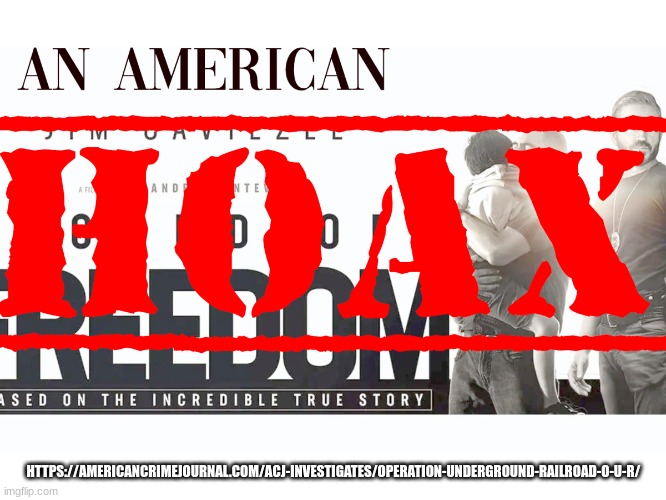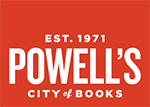Yesterday I started rereading Change of Heart: What Psychology Can Teach Us About Spreading Social Change by Humane League founder and president Nick Cooney. And just now I got a reminder of why such refreshers can be important.
In my last post I copied a letter I'd sent correcting misinformation in a newspaper article about 9/11. Unfortunately I forgot one of the clearest lessons of the research on persuasion: one should never use the "Facts/Myths" format. The reason is that, in doing so, one must repeat the myths one means to refute, and people will often remember these as true even more than the corrective information, and even newly associate them with you as a trustworthy source. This is especially often true of older readers. The better approach, therefore, is simply to present the truth without making reference to the misinformation.
I had, in fact, initially meant to do that in my letter, but unfortunately forgot to when I was actually writing it. If I were writing it now, it would look something like this:
To the editor:
I appreciate your interest in helping the public understand the events of 9/11. Here are a few additional points not mentioned by the author of the article you published in your most recent issue:
1) The destruction of World Trade Center building 7 began when pieces of one of the much taller Twin Towers, only a block away, fell on it. This started a conflagration whose heat ultimately weakened the building's steel structure to the point where it collapsed -- in much the same way that the impact of planes started the fires that led to the Twin Towers' collapse.
2) Because WTC7 was hit by pieces of a building to one side of it, the fire started and remained primarily on that side of the building. The resulting asymmetric collapse is the reason that the rubble stretched over the width of a four-lane highway on that side.
3) Thanks to "a thorough internal study of the WTC collapses," the designers of the Mandarin Oriental hotel in Beijing avoided a similar catastrophe. "For example, instead of the steel-only structural framework of Building 7, ARUP used a combination of concrete and steel framing." Also, "[t]he firefighters were able to gain control of the blaze in about an hour, fully extinguishing the fire six hours after it began. By contrast, the fires in Building 7 were never fought, because what access the FDNY had to water could not reach the building." (http://ae911truth.INFO) Both these differences meant that where fire had been able to destroy WTC7, the Mandarin Oriental was spared this outcome.
This information and much else is documented at http://ae911truth.INFO. Click on "WTC7" under Categories and on "Mandarin Oriental" under Pages for articles about those buildings.














No comments:
Post a Comment